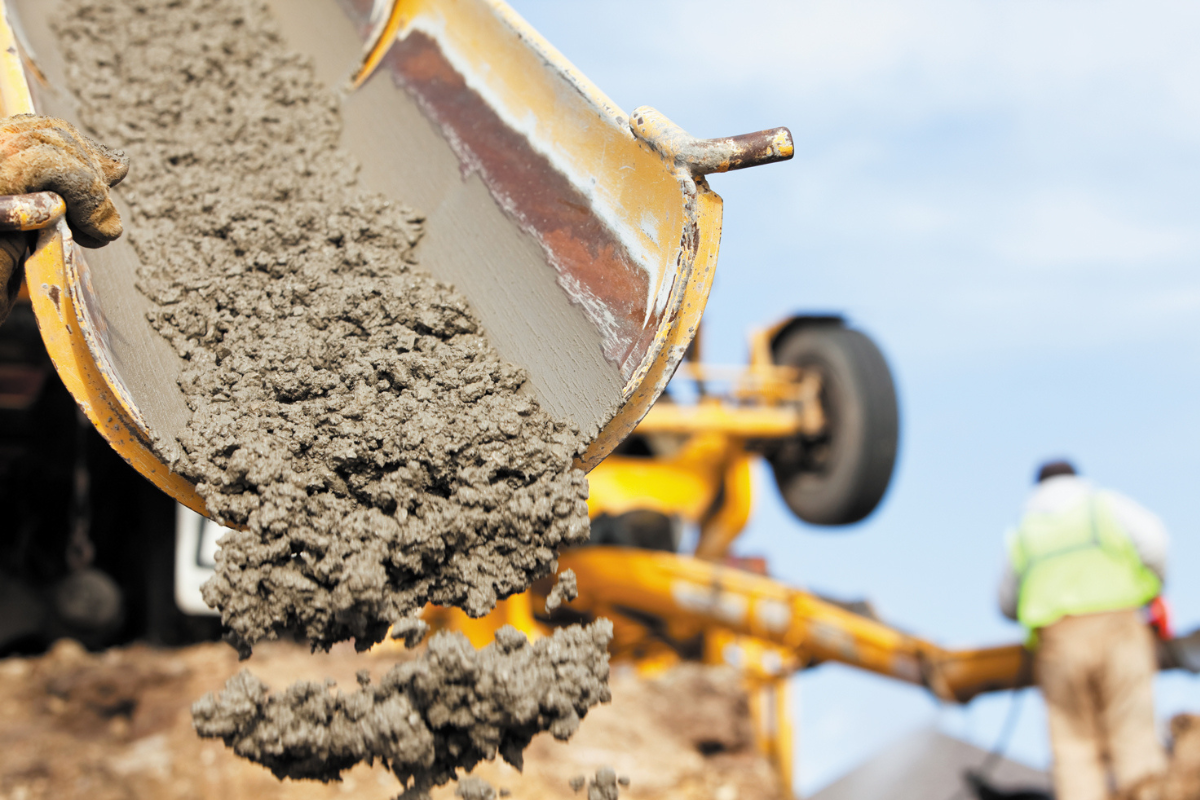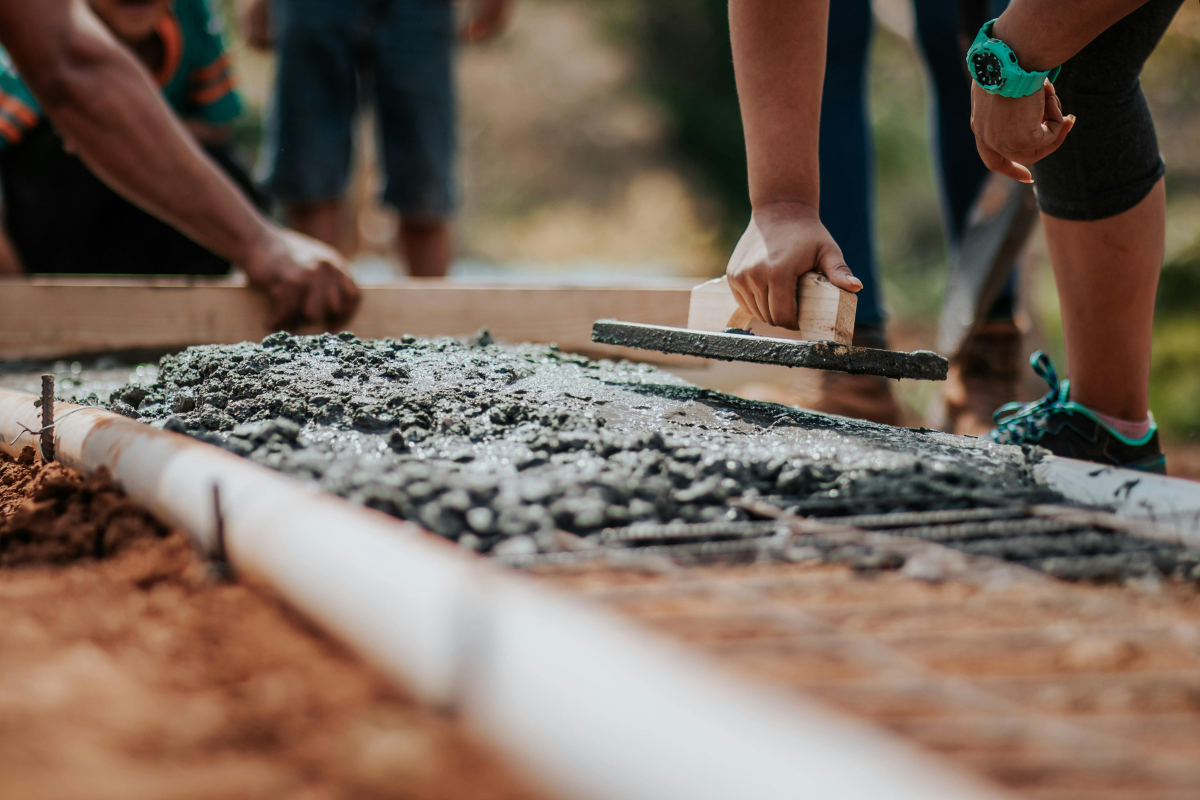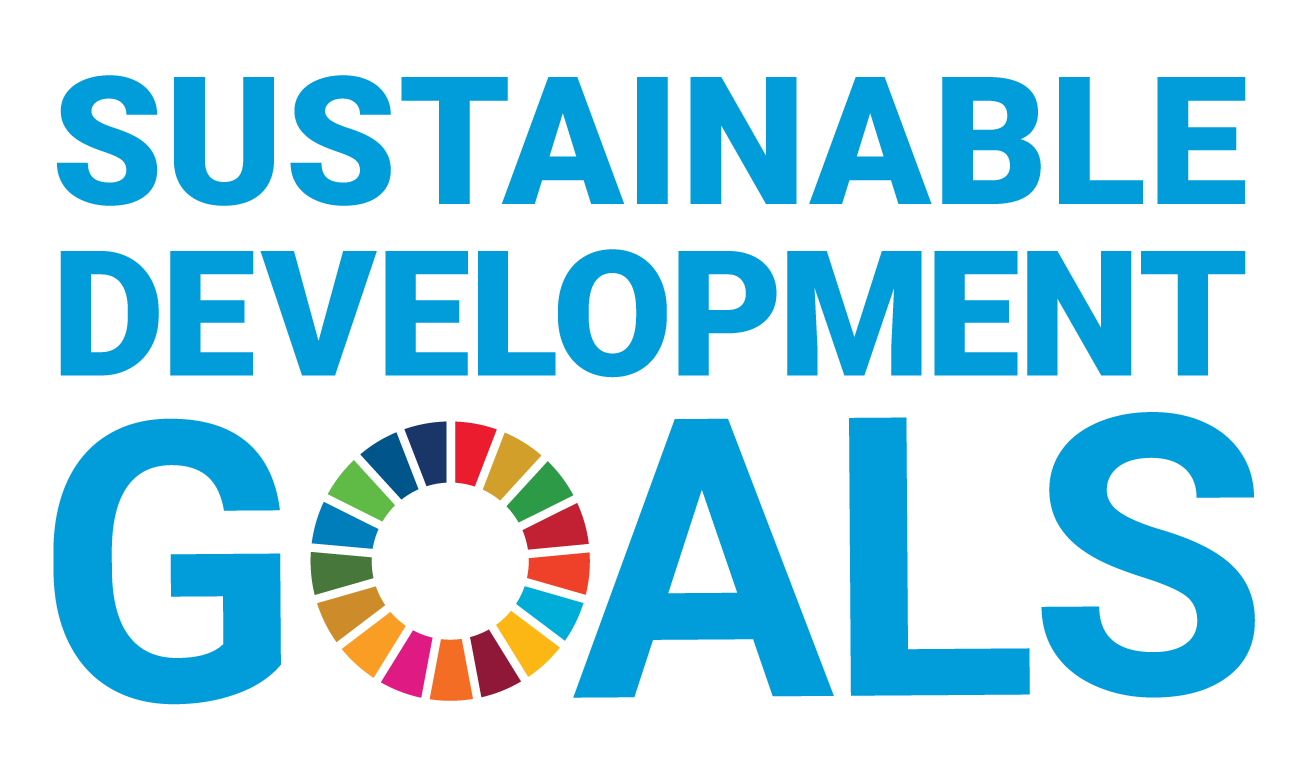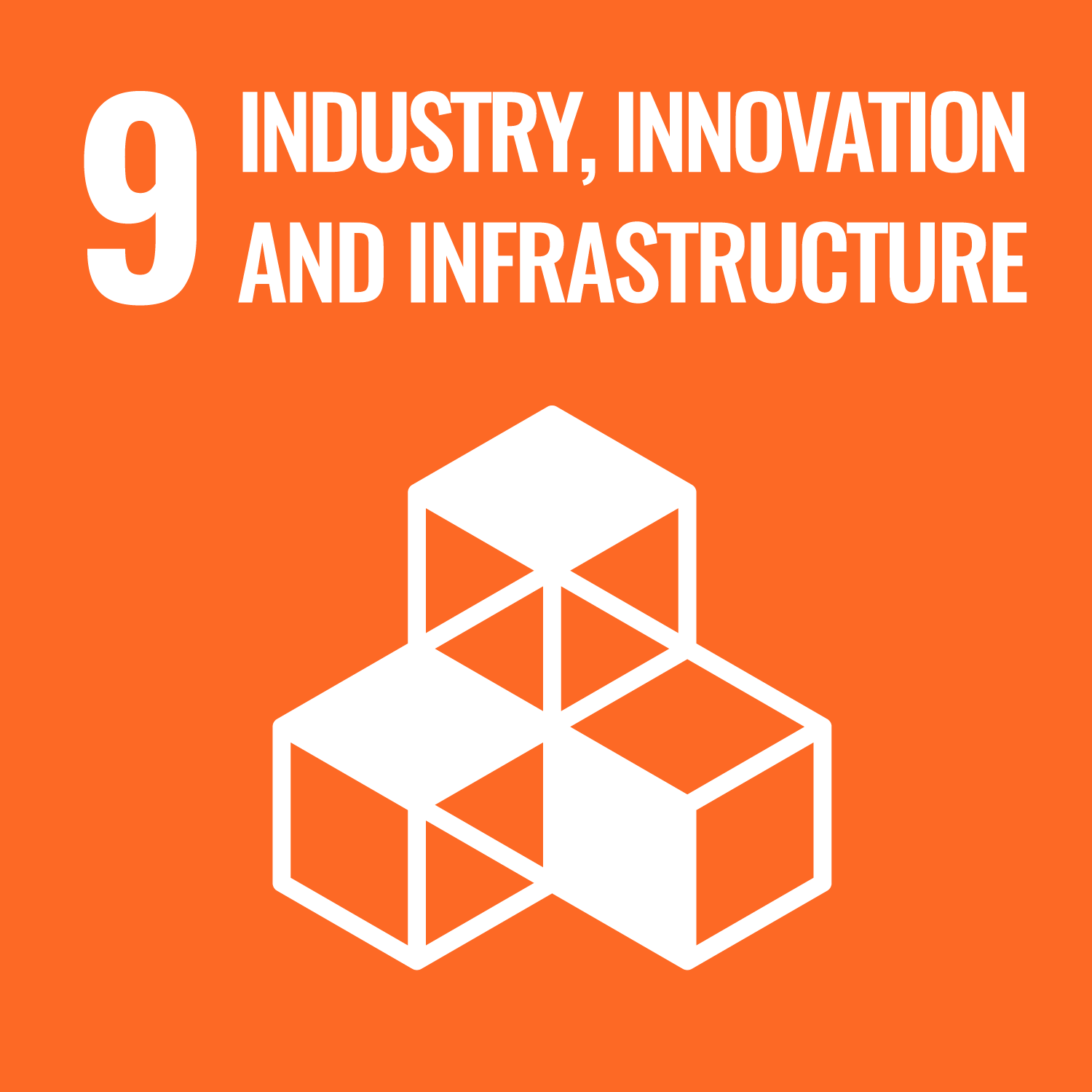You can search for courses, events, people, and anything else.
Each year in Australia, about 30 million cubic metres of concrete is produced for construction. A third of this, and a large part of the cost, is the gravel aggregate that is added to bulk up and strengthen the final product.
At the same time, an estimated 5.5 million tonnes of waste concrete is produced each year as a result of demolitions. Researchers and engineers have been working for many years to re-use this concrete waste as recycled aggregate for new concrete, but the recycled product could never economically achieve the same strength or performance of so-called 'virgin' concrete.
Distinguished Professor Vivian Tam and her team at the newly established Western Sydney University spinoff ‘CO2 Concrete’ have developed a scalable process that converts crushed recycled concrete into an aggregate that meets industrial strength standards, but at a cost that is about 10% cheaper than rock aggregate. They are the first company in Australia to demonstrate this commercially on a construction project
"Replacing rock with normal recycled concrete aggregate reduces concrete strength by about 30%," says Tam. "Our CO2 Concrete process improves the quality of the recycled aggregate and the performance of the final concrete, and is simply added as a replacement aggregate in the normal concrete production process."
When concrete is poured, the fluid cement undergoes a chemical reaction to form calcium silicate — a stone-like material that gives concrete its amazing strength. However, some cement fails to form silicates and instead solidifies as calcium hydroxide, which is a weak powdery material. The amount of calcium hydroxide formed depends on the curing time and other factors, but its presence is what reduces the strength of crushed concrete for reuse as aggregate.
"In our process, we saturate the crushed recycled concrete with carbon dioxide to react with the calcium hydroxide and form calcium carbonate, which improves its strength and performance as an aggregate."
Need to know
- Concrete waste is a significant industrial and environmental issue.
- A Western spin-off company found a way to use demolished concrete waste as an aggregate for concrete production.
- Their aggregate meets industrial standards and is 10% cheaper than using a rock aggregate.
"Our first commercial slab was poured in October 2022."
Tam and her team have spent the past eight years doing the experimental work and required testing to verify CO2 Concrete as an industry-ready product. However, despite strong interest from industry, achieving broad uptake of the recycled aggregate is a challenge.
In May 2022, CO2 Concrete was a winner of the Holcim Accelerator Program — an intensive 6-month programme dedicated to speeding up low-carbon innovation along the construction value chain. This gave Tam’s team the opportunity to work closely with major construction industry partners including Holcim, Mott MacDonald, AW Edwards, Sika and Bouygues Construction.
"Through this programme, our first commercial slab was poured in October 2022 for the new Blacktown Animal Rehoming Centre in Western Sydney," says Tam.
"CO2 Concrete was one of just nine start-ups to be selected for the programme from over 400 applications," says Evan Smith from Holcim. "It has been a pleasure working with Professor Tam over the past 12 months to bring the construction trial to a successful conclusion. The technology has the potential to be a win for reduced emissions and supporting a circular economy."
Meet the Academic | Distinguished Professor Vivian Tam
Distinguished Professor Vivian W. Y. Tam is a Fellow of the Australian Academy of Technological Sciences and Engineering and a world-leading researcher in the field of construction engineering and management. Her findings have found applications and impact for tackling climate change issues for green buildings and recycled concrete. She is currently the Director of the Centre for Infrastructure Engineering, Associate Dean (Research and HDR), Associate Dean (International) and Discipline Leader (Construction Management) at the School of Engineering, Design and Built Environment.
She was nominated to the College of Experts, Australian Research Council in 2018-2021. She is currently the Editor-in-Chief of the International Journal of Construction Management and Senior Editor of Construction and Building Materials. She has published over 330 referred journal articles. She has been awarded fifty-three research grants (totalling over $5 million). Her work has been recognised by peers nationally and internationally, which has been exemplified by seven Australian Research Council projects and over 28,000 citations with a h-index of 88. Vivian has been recognised as one of the top 2% of scientists in the world since 2017. She was nominated as Runner Up in the 2019 Scopus Researcher of the Year Award, Excellence in Research Impacting a Sustainable Future category, and her team won the Gold Award in the 2021 Urban Innovation and Entrepreneurship Competition, Guangzhou International Sister-City Universities (GISU).
Credit
Future-Makers is published for Western Sydney University by Nature Research Custom Media, part of Springer Nature.
© BanksPhotos/E+/Getty
© SONGPHOL THESAKIT/Moment/Getty
© Rodolfo Quirós/Pexels







